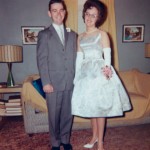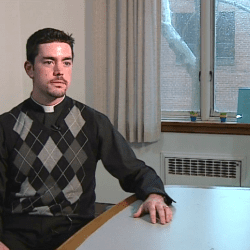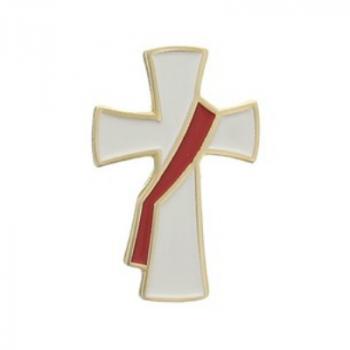A couple of photographers decided to find out:
Have you ever wondered what the priest standing at the altar sees during mass? It’s an unusual point of view, not one just anyone gets a chance to appreciate. But now, thanks to a remote-controlled camera set up behind church altars in Italy, everyone has a chance to see it with their own eyes. Italian photographers Giorgio Barrera and Niccolò Rastrelli documented this observation point without anyone ever the wiser, capturing solemn moments of sacred ritual in churches in Rome, Milan, Turin, Florence, Naples, Potenza, Avezzano, Taranto and Pescara.
“Andate in pace” (Go in Peace) is a multifaceted portrait of the Catholic community and the numerous believers who “inhabit” Italian churches. Sometimes the churches are crowded, other times deserted, but they are always rife with symbols and rituals that remain unchanged over time. It is at once a socio-anthropological inquiry and narrative of modern-day Italy, exploring the complex relationship between Catholic church, religious community and even contemporary architecture. The exhibition makes an effort to focus on architectural works created by famous architects like Massimiliano Fuksas, Paolo Portoghesi, Giovanni Michelucci, Mario Botta and Gio Ponti, who have revolutionized the concept of sacred space.
“The images in this photographic inquiry attempt to achieve a synthesis, to show viewers the church as an architectural, corporeal space. The human element is essential to our work: the word chiesa [church] derives from the Greek ekklesìa, and means community. Therefore the ecclesiastical edifice should be understood as a space built of people in flesh and blood, of ‘living stone’ as Saint Paul affirms,” explain the photographers.
Barrera and Rastrelli have elected to immortalize the looks, gestures and postures without elaboration, leaving the camera free to act undisturbed. “The moment in which a priest turns to the faithful is the foundation of our act of taking a photograph. The camera is positioned and remains for a long time in front of the altar, central and symmetrical. It is aimed toward the church entrance, framing the faithful present for the religious ritual, and tends to personify the priest’s gaze. The people who come into the church don’t see the photographers, because the camera is operated by remote control,” say Barrera and Rastrelli.
Read it all and see some of the pictures.
The link to the exhibit (in Italian) is here.
Regrettably, despite working in a country—Italy—with some stunning churches, the photographers seem to have picked some of the ugliest modern examples you can find.
Go figure.












